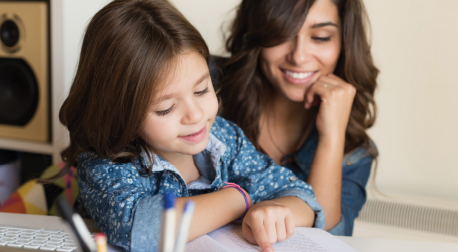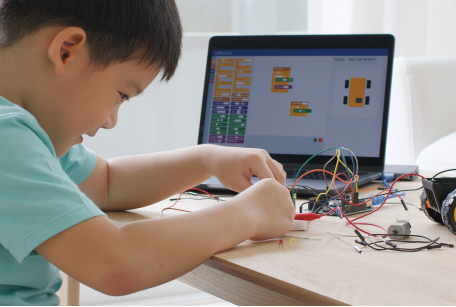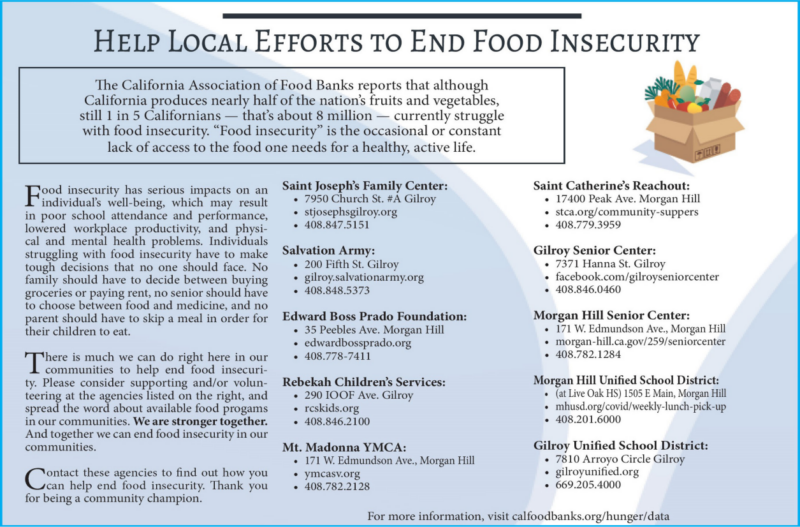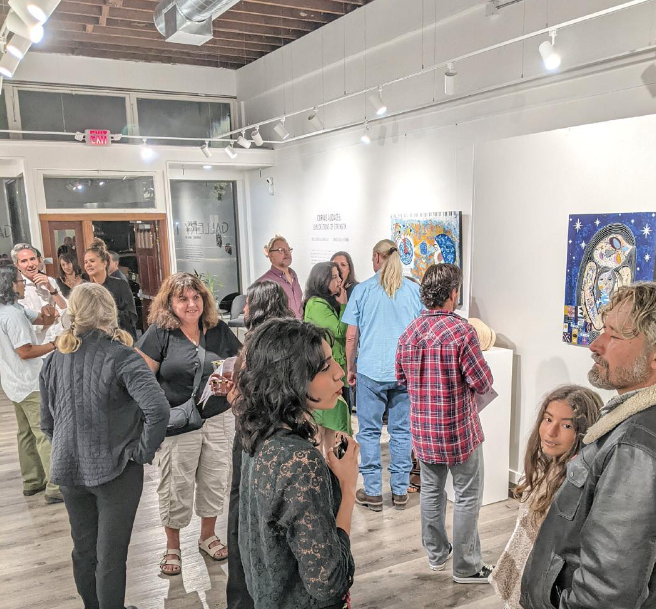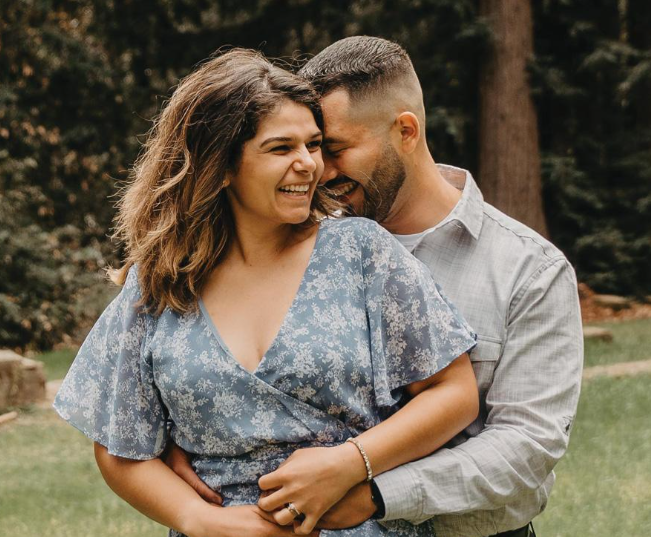Homeschooling
A look into alternative education
When asked if I would ever homeschool my daughter as she was entering Kindergarten, I replied “Never.” Now 11, along with her siblings who are six and four, we have almost completed our first year of learning together. While I still have moments where I question myself, homeschooling has been the best decision for our family.
Our oldest daughter, Charlotte, was in third grade when Covid hit; On a Friday in 2020, we sent her to school and by that afternoon we were told she wouldn’t be returning. Sadly enough, a year and a half later, we were all still isolated and dealing with this new way of learning.
As a former middle school teacher, I was confident I could teach my own, but I struggled with what this would look like and how it would pan out. I was fortunate to get advice and direction from friends who had homeschooled for years. We applied to the Charter Ocean Grove and were, at first, rejected; demand was high due to Covid. With tears rolling down my face, we tried to figure out what was next and toured
other academies. By mid-June Ocean Grove was accepting students from the waitlist and we were picked!
I was anxious in the beginning of homeschooling. Charlotte was starting fifth grade, Connor, kindergarten, and I was their teacher. What was I thinking? What helped me through this process was our incredibly kind educational specialist (ES), Jenny, our advisor through Ocean Grove. She guided me through the curriculum choosing process, calmed my nerves about what was expected, and answered any questions or concerns as they arose. I found more support through Vine Academy, where Charlotte attends in person classes three days a week–English, Math, Science, History, and Art.


On a typical day, I get Charlotte settled first, then our youngest, Everly. The big kids and I tackle phonics, writing, reading, and math. We break for snacks and outdoor time. Most days we are done by lunch. A few days a week we incorporate science, history, art, Spanish, and/or music. After lunch, I focus one-on-one with Charlotte. Our goal (each home day) is to be done by 2 pm, but we may end up working until 4; on days when distractions/priorities occur, we can work as late as 7, though those days are few and far between.
Teaching one child is much different than teaching 30. On days when it’s just Connor and me, he gets my full attention. What would take an entire school day in a classroom doesn’t take us nearly as long. I can also back off when I see he is frustrated or overloaded; Connor has a lot of energy and needs to incorporate movement and fidgeting into his learning, which I’ve added into his schooling. I have gained a new appreciation for how expansive learning can be and how it is different for each child.
There are also some negative aspects of homeschooling; it takes time and a parent/guardian needs to be the main teacher. Can it be done if one is working full-time? Sure. But I stayed home this past year, and the majority of homeschooling parents I have interacted with do not work full time. Another con is not having experience teaching curriculum. There are many programs and co-ops that offer teaching assistance and guidance, but the day-to-day learning is reliant on the parent as the teacher. Planning, creating supplemental lessons, and keeping us on track, has proven to be a considerable task.
The financial burden also needs to be considered. While our Charter gives us funds per semester per child, not everything is covered, and it has to be approved, which can take time. Free curriculum is available, but these resources increase my prep time significantly.
Your home is your classroom, and this can be overwhelming at times; dinner can become chaotic if the table hasn’t been cleared off. In my home, keeping things consistent can be tricky. And with younger ones, there are more learning tools: flashcards, manipulatives, crayons, and so on. Even with proper organization, it gets messy quickly and often.
Lack of socialization is a concern for many; we made this a priority. Charlotte is extremely social and needs to be around friends. This can be obtained through her co-op, playdates, activities, and events. This may not be the case for all students and homeschooling could lead to further isolation.


Questions from family, friends, and even strangers who may or may not agree with your decision to homeschool can be frustrating. It doesn’t feel good when people question your decisions. While it is important to be open to constructive criticism and advice, it is equally important to stand up for what is right for your family.
Burnout can result from homeschooling, too, though it comes and goes. I used to feel this way as a teacher in the classroom too. I did, however, get a new set of students each year. With homeschooling, these kids are with me for life! On days when I struggle with burnout, it is helpful for Tim to step in and take over learning for a bit. Taking breaks and getting out of the house is crucial. Homeschooling does not mean that your kids have to be with you 24/7.
For every negative element I have encountered, the positives are truly greater. In my experience, life is not a linear path; neither is learning. Some days I still wonder how I will be able to maintain homeschooling, particularly when our youngest starts kindergarten. But then I am reminded of how lost I felt before we started and how each day we make strides toward figuring it out. Perfection cannot be attained, but progress can be. Tim and I both fully believe in education and that there is no right or wrong way to get one. What works for one child may not work for another. We both have public school backgrounds and love our Gilroy community. Homeschooling is not for everyone.
Almost a year in, my children remind me to breathe, relax and have fun. And while I may be teaching them, they have revived my love for education. This may not be the best route for everyone, but for our family, it has been the most rewarding educational experience to date.
